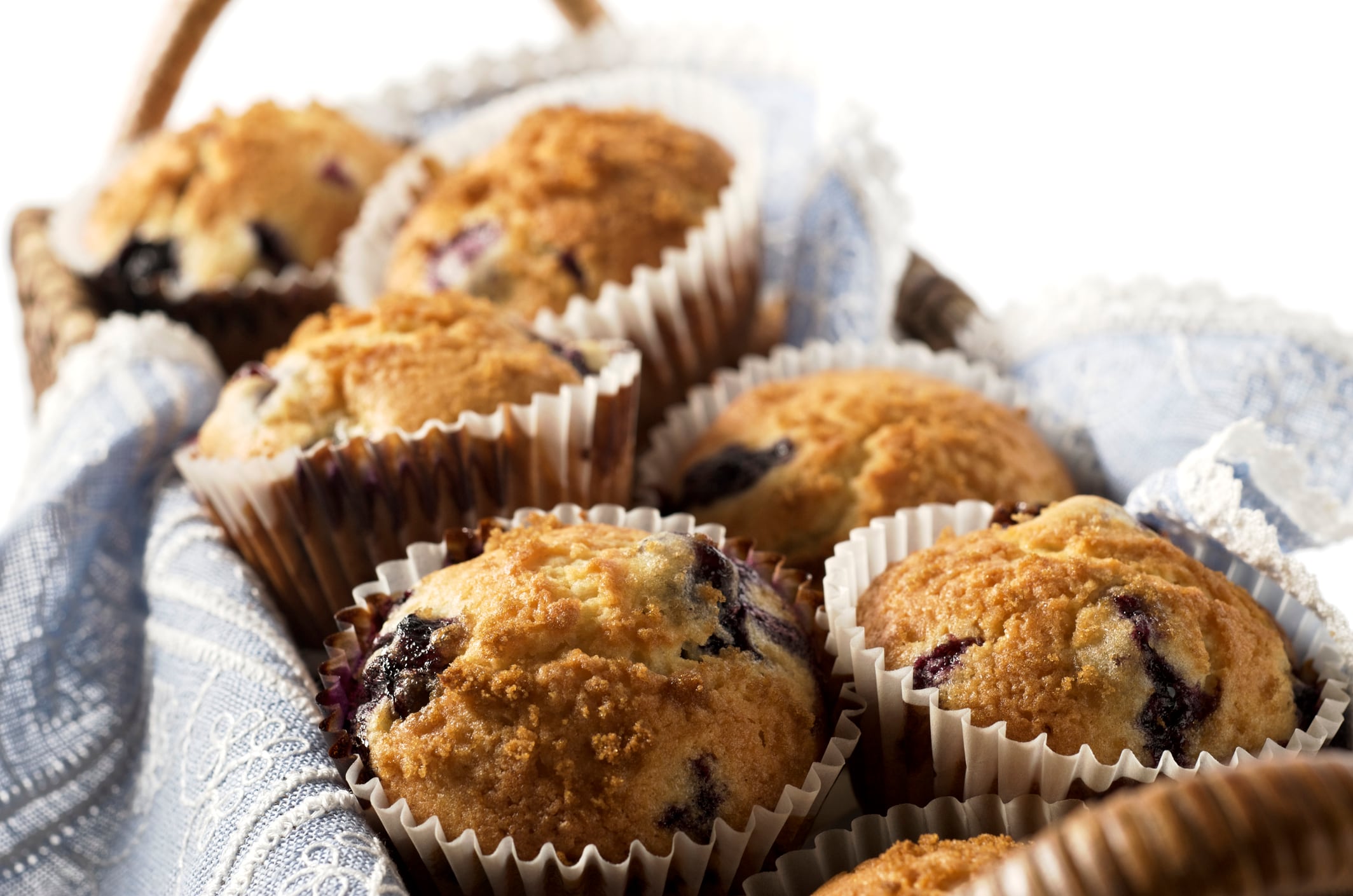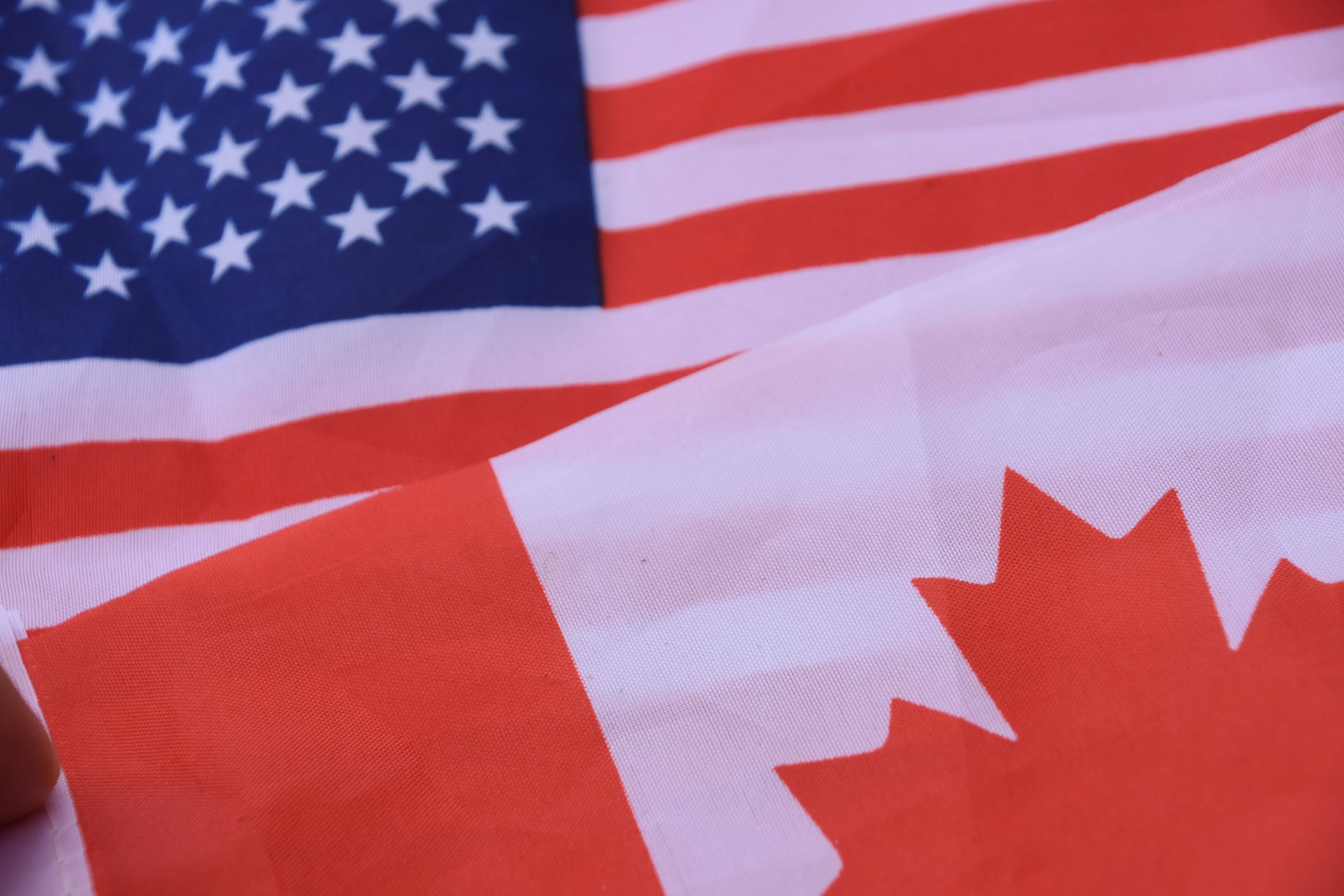What’s driving food and drink M&A trends?
- M&A activity in food and drink declined year-over-year due to tariff uncertainty and global trade tensions
- New US import tariffs and retaliatory measures have disrupted supply chains, especially with Canada, Mexico and China
- Distributors are outperforming other segments, benefiting from flexible sourcing and logistics capabilities
- Strategic buyers and private equity firms are targeting companies with strong domestic supply chains and tariff resilience
- Big business likely to leak brands onto the market as they rationalize ranges
Food and drink business merger and acquisition volumes are down by 27 deals year-to-date as market uncertainty cools spending decisions, Capstone Partners data shows.
Many would-be acquirers are left “on the sidelines” due to the fallout of tariff delays and U-turns, market analysis shows.
The food industry is so shaken by tariffs and trade tensions that many businesses have reassessed supply chain strategies, with some exploring supply chain diversification over brand acquisition, according to Capstone Partners.
“Finding alternative sourcing and suppliers will likely be a top focus for food sector participants,” writes Capstone Partners managing director Brian Boyle.
“Additionally, food producers may look to reduce their reliance on costly raw materials by altering product formulations, substituting cheaper ingredients to lower tariffs or to source domestically. This could also apply to packaging as aluminum and steel tariffs have placed added pressure on canned goods in the food space,” he added.
Stresses on food and drink M&A
Geopolitical tensions layer additional stress on dealmakers, with just 41 mergers and acquisitions made in the first quarter of the year. This compares to 68 deals made during the same period in 2024, according to Capstone Partners.
Within this, branded and processing M&A activity has faced the brunt, with deals falling 28% and 62%, respectively.
The trend of reduced food and drink business deals mirrors what consumers see on shelf, according to CoBank senior economist for food and beverage, Billy Roberts.
“As consumer packaged goods’ prices increased and sales volume has dropped in recent years, mergers and acquisitions within the food and beverage space have ironically followed suit,” explains Roberts.
Conversely, sales of distribution businesses marginally increased by one deal compared to last year, rising to 10 year-to-date, the Capstone data shows.
“Distributor M&A may show strength in the remainder of 2025 as these players typically see revenue gains when food prices increase and receive little liability to tariff disruptions dealing largely in finished goods,” adds Boyle.
Food distribution’s steady margins and near recession-proof qualities stand the segment in good stead to remain robust during periods of economic instability, analysts claim.
Mondelēz positive on future of M&A
The market’s current state contradicts industry leaders’ initial M&A optimism in late 2024.
Mondelēz International CEO Dirk Van de Put told attendees at a consumer analyst group in New York that his business had a “pipeline” of activity.
General Mills CEO Jeff Harmening echoed this, revealing the business had considered “a lot of acquisitions,” though claimed prices were higher than ideal.
Though a perfect storm of geopolitical issues, economic uncertainty and big business’ desire to rationalize ranges could lead to more M&A opportunities.
For example, players including Unilever are streamlining portfolios to see 80% of revenues come from around a fifth of their brands and are likely to shed products as a result.
“They are streamlining portfolios by offloading products or brands that either do not align strategically or increase supply chain complexity,” says Boyle.
“These acquisitions not only reduce some of the pressures on brands’ R&D departments to innovate but these generally smaller-sized deals are also more financially palatable. In fact, several recent acquisitions have been of a smaller variety,” he adds.





